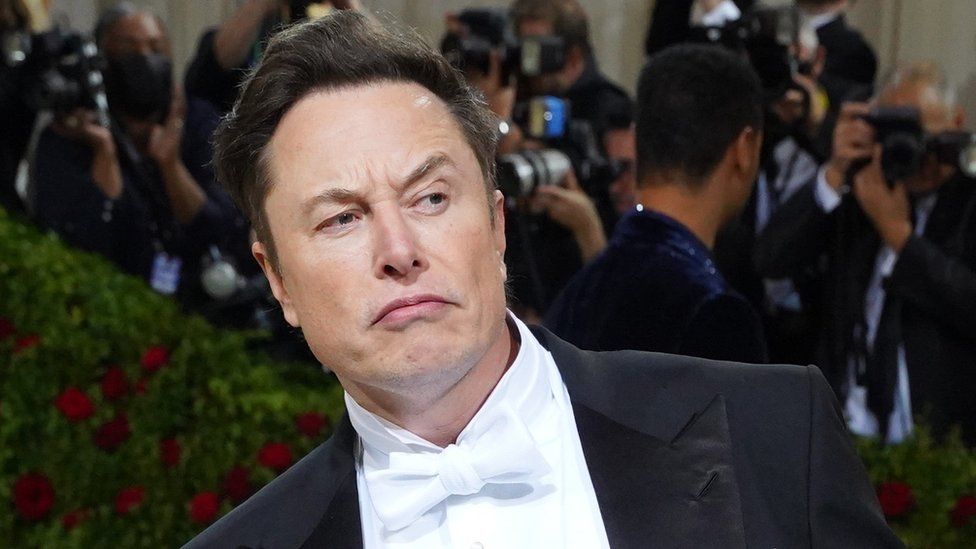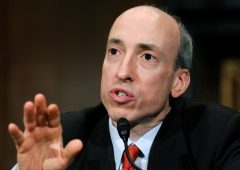Elon Musk Challenges OpenAI Over AI Market Control
16.11.2024 14:00 2 min. read Kosta Gushterov
Elon Musk has ramped up his legal battle against OpenAI and Microsoft by filing an amended lawsuit on November 14, accusing the tech giants of monopolistic practices in the generative AI market.
Musk’s company, xAI, alongside Neuralink executive Shivon Zilis, a former OpenAI board member, is challenging the two companies’ alleged anticompetitive collaboration.
The revised lawsuit claims that OpenAI and Microsoft have effectively merged, using their combined market power to suppress competition. Musk’s legal team argues that the companies are offering enormous salaries to AI talent—up to $800,000 annually for OpenAI engineers—in order to dominate the industry.
The complaint also accuses OpenAI of discouraging investors from backing rival firms during a $6.6 billion fundraising round. Despite these claims, SoftBank, a key investor, has maintained it still has the freedom to invest in other AI ventures.
Musk’s legal team further contends that the partnership between Microsoft and OpenAI controls nearly 70% of the generative AI market, creating a monopolistic environment. This lawsuit follows months of tension between Musk and OpenAI, including an earlier suit in March that Musk withdrew before reigniting the dispute in August.
Musk has repeatedly criticized OpenAI’s shift from its nonprofit roots to a profit-driven model, accusing the company of prioritizing commercial gains over its original mission to develop AI for the greater good. This legal clash comes as OpenAI prepares to launch a new AI tool, Operator, and has secured $6.6 billion in funding, boosting its valuation to $157 billion.
-
1
Trump’s ‘Big, Beautiful Bill’ Approved: What It Means for Crypto Markets
04.07.2025 7:00 3 min. read -
2
FTX Pushes Back Against $1.5B Claim From Defunct Hedge Fund 3AC
23.06.2025 11:00 1 min. read -
3
ARK Invest Cashes In on Circle Rally as Stock Soars Past $60B Valuation
24.06.2025 19:00 1 min. read -
4
Key U.S. Events to Watch This Week That Could Impact Crypto
30.06.2025 11:00 2 min. read -
5
Here Is How Your Crypto Portfolio Should Look Like According to Investment Manager
30.06.2025 10:00 2 min. read
Weekly Roundup: What Happened in Crypto Over the Past Week
From groundbreaking Ethereum developments to record-breaking DeFi activity and major protocol updates, the crypto industry saw a flurry of important announcements this past week.
Pump.fun Raises $600M in Record-Breaking PUMP Token Sale
Memecoin launchpad Pump.fun has stunned the crypto market by pulling off one of the fastest initial coin offerings (ICOs) in history.
Binance Founder Says Bloomberg’s USD1 Report is False, Threatens Lawsuit
Binance founder Changpeng Zhao has once again threatened legal action against Bloomberg.
Top 10 Biggest Crypto Developments This Week
The latest WuBlockchain Weekly report captures a high-volatility week in crypto. From Bitcoin’s new all-time high to controversy around Pump.fun’s presale and Elon Musk’s political Bitcoin endorsement, markets are witnessing sharp shifts in momentum and policy.
-
1
Trump’s ‘Big, Beautiful Bill’ Approved: What It Means for Crypto Markets
04.07.2025 7:00 3 min. read -
2
FTX Pushes Back Against $1.5B Claim From Defunct Hedge Fund 3AC
23.06.2025 11:00 1 min. read -
3
ARK Invest Cashes In on Circle Rally as Stock Soars Past $60B Valuation
24.06.2025 19:00 1 min. read -
4
Key U.S. Events to Watch This Week That Could Impact Crypto
30.06.2025 11:00 2 min. read -
5
Here Is How Your Crypto Portfolio Should Look Like According to Investment Manager
30.06.2025 10:00 2 min. read


